12 Sports Memorabilia Mistakes You Should Avoid as a New Collector
Starting a sports memorabilia collection can be an exciting journey, but there are common mistakes that new collectors often make. From overpaying for items to neglecting proper care, these missteps can impact the value and enjoyment of your collection. By learning what to avoid early on, you can build a more valuable and well-maintained collection that grows in value over time. Avoiding these pitfalls will help you make smarter purchasing decisions and protect your investments.
This post may contain affiliate links, which helps keep this content free. Please read our disclosure for more info.
Buying Without Authentication
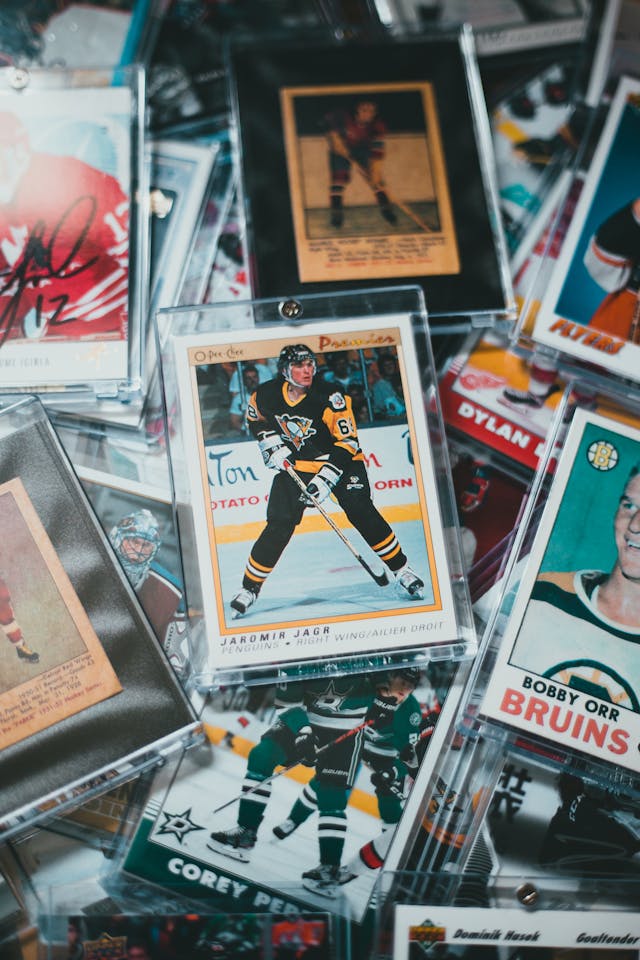
One of the biggest mistakes new collectors make is purchasing memorabilia without verifying its authenticity. Many signed items or rare collectibles flood the market, but unfortunately, many are forgeries. If you buy an item without proper authentication, you might end up with a worthless piece, especially as the market is increasingly becoming aware of counterfeits. To avoid this mistake, always request certificates of authenticity (COA) or confirmation from reliable sources such as PSA/DNA or JSA, two trusted authentication services in the sports memorabilia industry.
Not having proper authentication can severely hurt the resale potential of your collection. If the authenticity of an item is ever questioned, it becomes harder to sell or display with pride, and your investment could lose significant value. Always make sure you’re purchasing from a reputable source that guarantees the authenticity of the memorabilia.
Neglecting Proper Storage
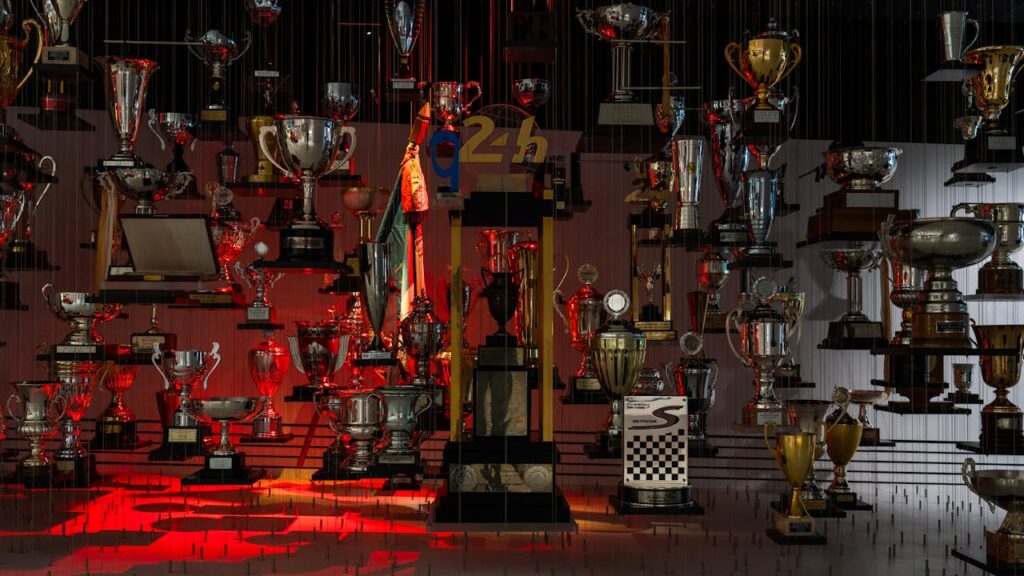
Proper storage is crucial to maintaining the condition and value of sports memorabilia. Many new collectors overlook the importance of environmental factors, thinking items are safe just by keeping them in a box or display case. Exposure to sunlight, moisture, and fluctuating temperatures can degrade the quality of jerseys, signed balls, and other collectibles, leading to fading, warping, or mold growth. Always store your memorabilia in a cool, dry space with minimal exposure to light. For items such as jerseys, it’s a good idea to place them in acid-free bags or display them in UV-protected frames to prevent damage.
If memorabilia isn’t properly stored, it can suffer irreversible damage over time. A signed baseball might lose its ink if exposed to sunlight, and a jersey could become brittle and discolored with improper storage. The longer you wait to store items correctly, the more likely it is that they will degrade and lose value, sometimes permanently.
Overpaying for Items
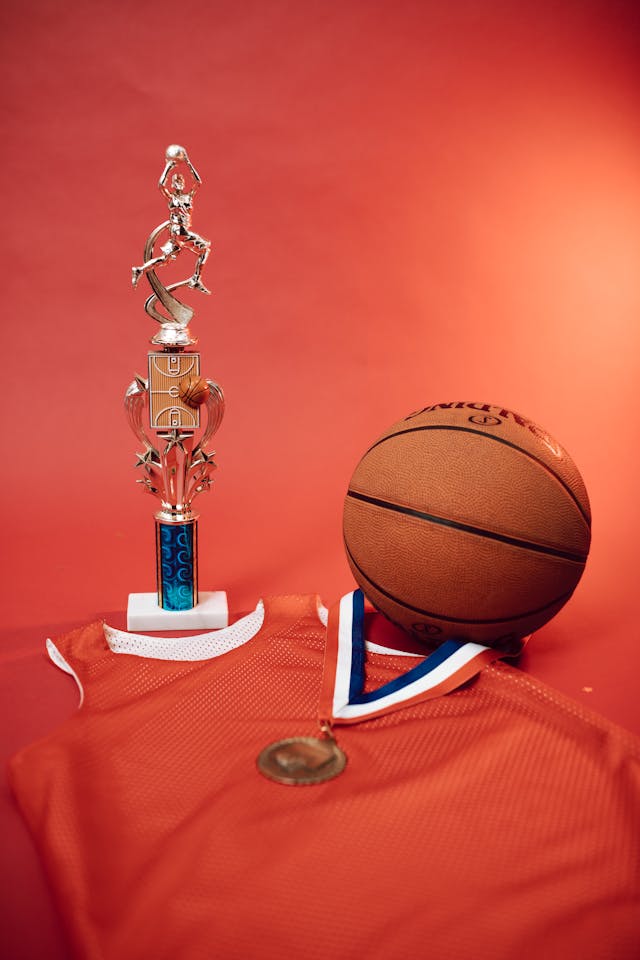
In the excitement of starting a collection, many new sports memorabilia collectors fall into the trap of overpaying for items. Whether it’s through bidding wars at auctions or impulse purchases at memorabilia stores, it’s easy to get caught up in the moment and purchase items for more than they are worth. One common reason this happens is a lack of research into the market value of the memorabilia. Just because an item is rare doesn’t always mean it’s valuable.
Overpaying means that your return on investment will be lower if you try to sell the item later. Some items, even though they may seem highly coveted at first, do not hold their value over time. As a new collector, taking the time to check auction records, seek advice from more experienced collectors, and compare prices before making a purchase can prevent this costly mistake.
Not Researching Properly

Research is essential in sports memorabilia collecting. It’s important to understand what you’re buying before making any purchase. Many new collectors dive into the hobby without learning the history and background of the item, assuming that older items are automatically valuable. In reality, the value of memorabilia is determined by several factors: rarity, condition, demand, and the significance of the player or event associated with it.
Without proper research, you may invest in items that are not as valuable as they seem. For example, a vintage card might look impressive but have little value because there are many similar ones in circulation. Understanding the intricacies of the market, learning about the items’ provenance, and tracking trends in sports collectibles are all crucial for avoiding costly mistakes. Knowledge is the key to making informed purchases that will truly enhance your collection.
Ignoring the Condition of Items
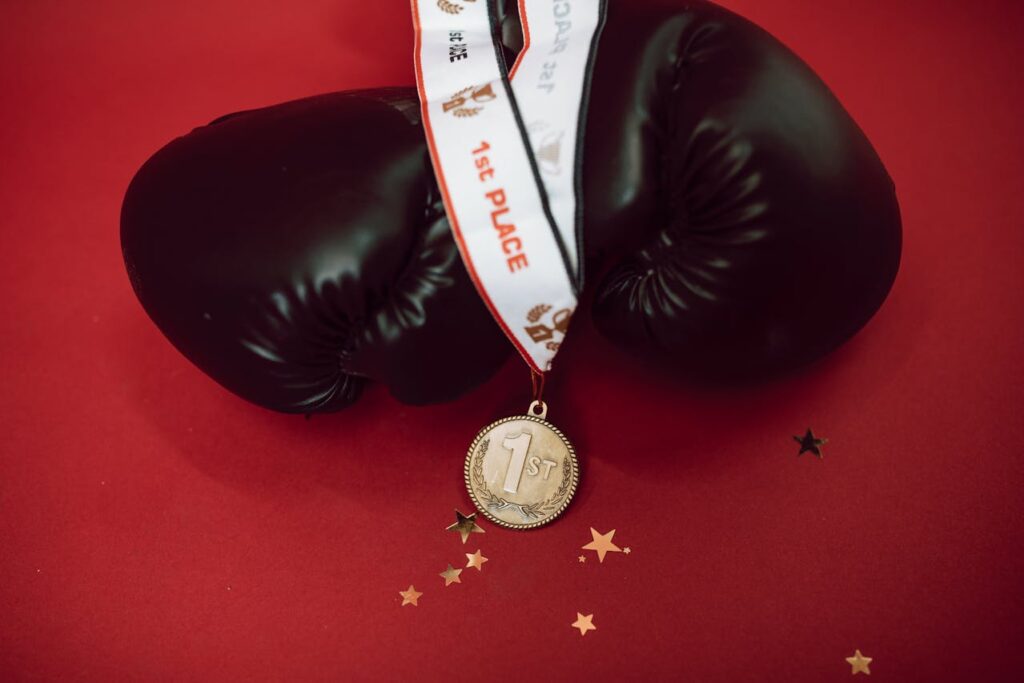
Condition is one of the most important factors when determining the value of sports memorabilia. Whether you are buying a signed ball, jersey, or other collectibles, the item’s condition significantly impacts its price. A jersey with stains, a signed ball with faded signatures, or a card with creases will be worth much less than a similar item in mint condition. Always inspect items closely for any signs of wear and tear, paying attention to factors like fading, creases, discoloration, and damage from storage.
Ignoring the condition can be a costly mistake, as you might pay a premium for an item that isn’t in the condition you expected. Memorabilia in top condition holds much more value, and collectors are willing to pay a premium for well-preserved pieces. Whether you plan to keep your collection for sentimental value or resell it in the future, maintaining the condition is crucial for long-term success as a collector.
Not Keeping Documentation
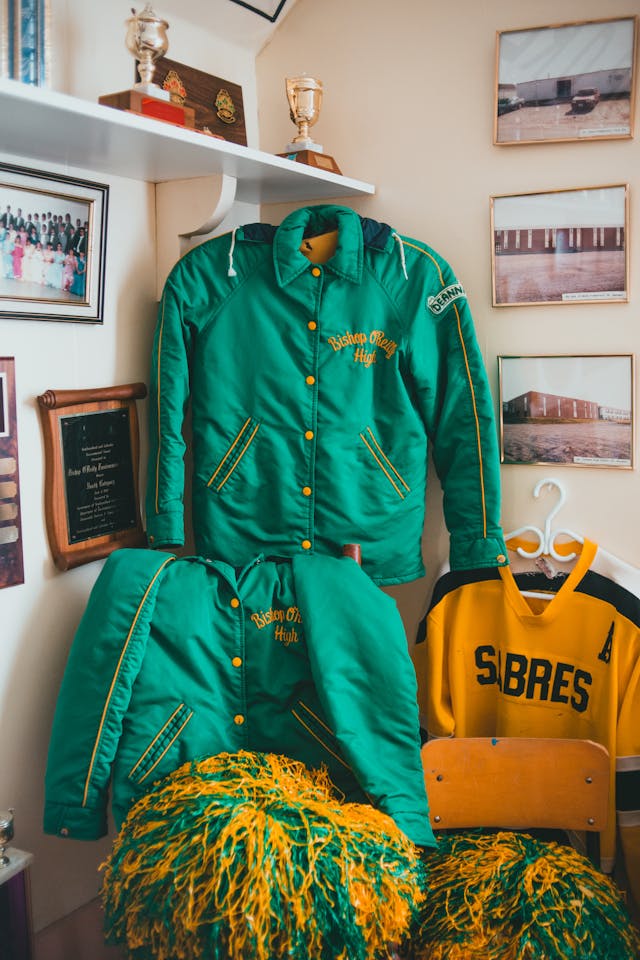
When it comes to sports memorabilia, keeping thorough records is essential. This includes invoices, certificates of authenticity, and any appraisals or evaluations done on the item. As a new collector, you might overlook the importance of maintaining these documents, but they can be crucial when it comes to insurance or resale. Having documentation proves the legitimacy of your memorabilia and can help validate its value to potential buyers or insurance companies.
Without documentation, it becomes difficult to verify the authenticity and value of your items, especially if you plan to sell them later. If something happens to your collection, whether it’s damage, theft, or needing an appraisal, documentation is often required to ensure you receive appropriate compensation or a fair selling price.
Ignoring Market Trends
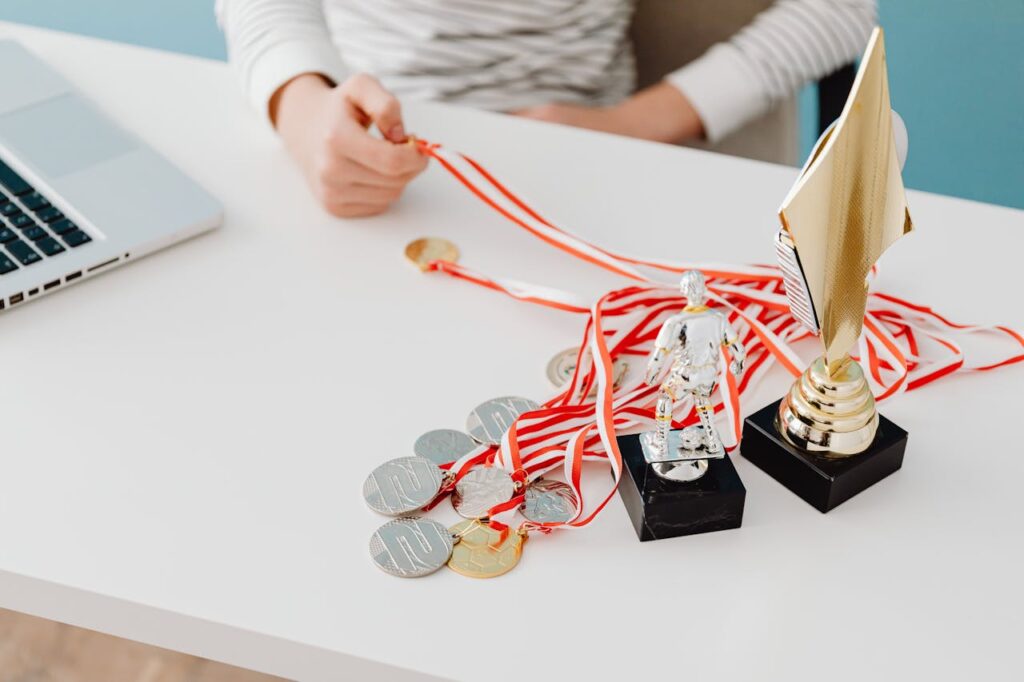
Sports memorabilia, like any other collectible, is influenced by trends in the market. A certain player’s popularity might surge, making their memorabilia highly sought after, or a sports team may experience a resurgence in success that causes demand for their items to increase. New collectors often fail to track these market trends, which can lead to them purchasing items that lose value as interest wanes.
By staying informed about player statistics, team performance, and sports culture, you can make smarter decisions when adding to your collection. Ignoring these factors can result in buying items that will lose their value over time, making it difficult to resell or trade in the future. Regularly checking auction results and following expert opinions can help you stay on top of the changing trends in the sports memorabilia market.
Not Setting a Budget
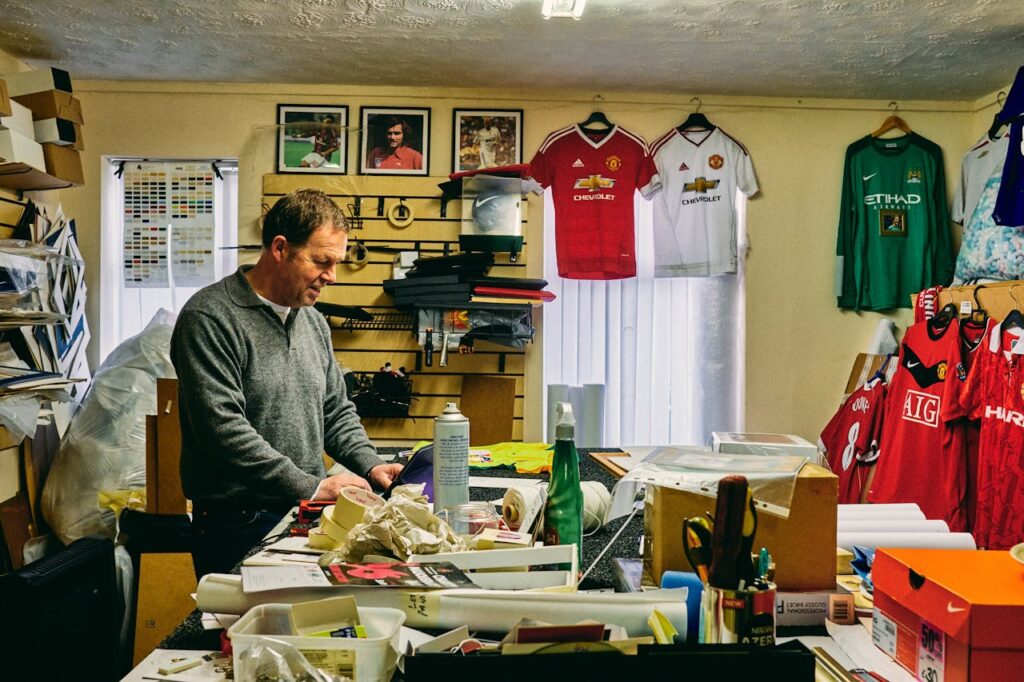
Another common mistake among new collectors is failing to set a clear budget for their purchases. It’s easy to get carried away and spend more than intended, especially when you see a piece that catches your eye. Setting a budget before you start collecting is important to ensure you don’t overspend on individual items.
A budget keeps you disciplined, ensuring you can build your collection over time without depleting your finances. Without one, you may find yourself making impulse buys that don’t fit into your long-term goals. Establishing a clear financial plan for your collecting endeavors is crucial for success in the hobby and for avoiding future regrets.
Relying Too Much on Popularity
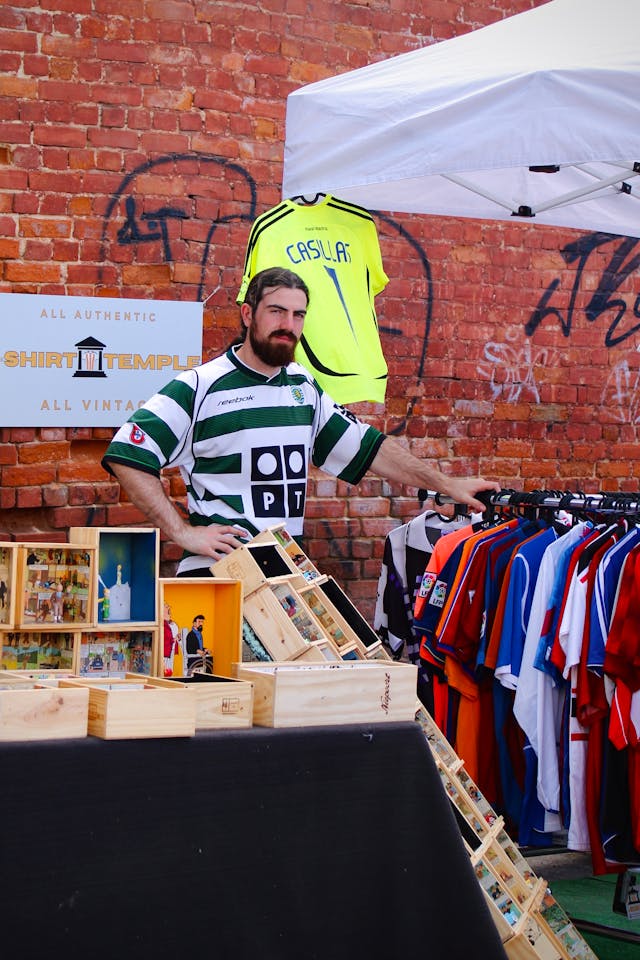
Just because an item is popular doesn’t mean it’s a good investment. Many new collectors make the mistake of only focusing on items associated with big-name players or current trends. While these can sometimes be valuable, they can also be overpriced or prone to fluctuating demand.
Focusing only on popular items can prevent you from exploring other aspects of the memorabilia market. Some of the most valuable collectibles come from lesser-known players or historical events that are not currently in the spotlight. Expanding your horizons and considering more niche memorabilia can often yield better returns and greater satisfaction as a collector.
Buying Items Based on Hype
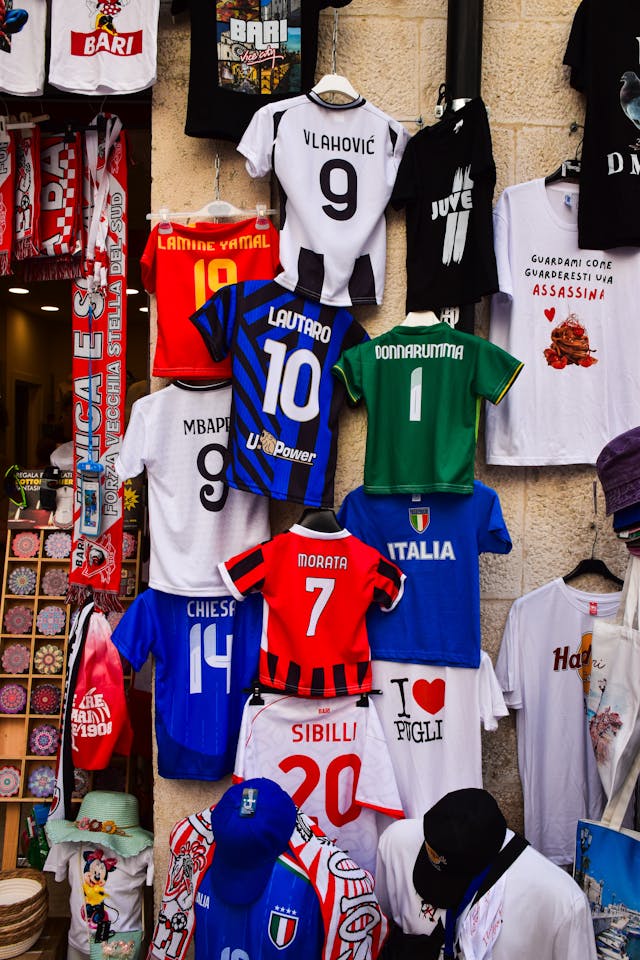
In sports memorabilia, hype can drive prices up, but that doesn’t always equate to true value. It’s easy to get swept up in the excitement when a player breaks a record or a team wins a championship, leading to a rush to buy memorabilia associated with those events. However, the hype often dies down, and the value of those items can drop significantly over time.
It’s important to approach these items with caution. Instead of following the crowd, make sure you are buying items that align with your interests and have enduring value. Hype-driven purchases may lead to disappointment later when the demand for those items wanes, leaving you with an inflated purchase that doesn’t hold up in the long run.
Failing to Diversify Your Collection
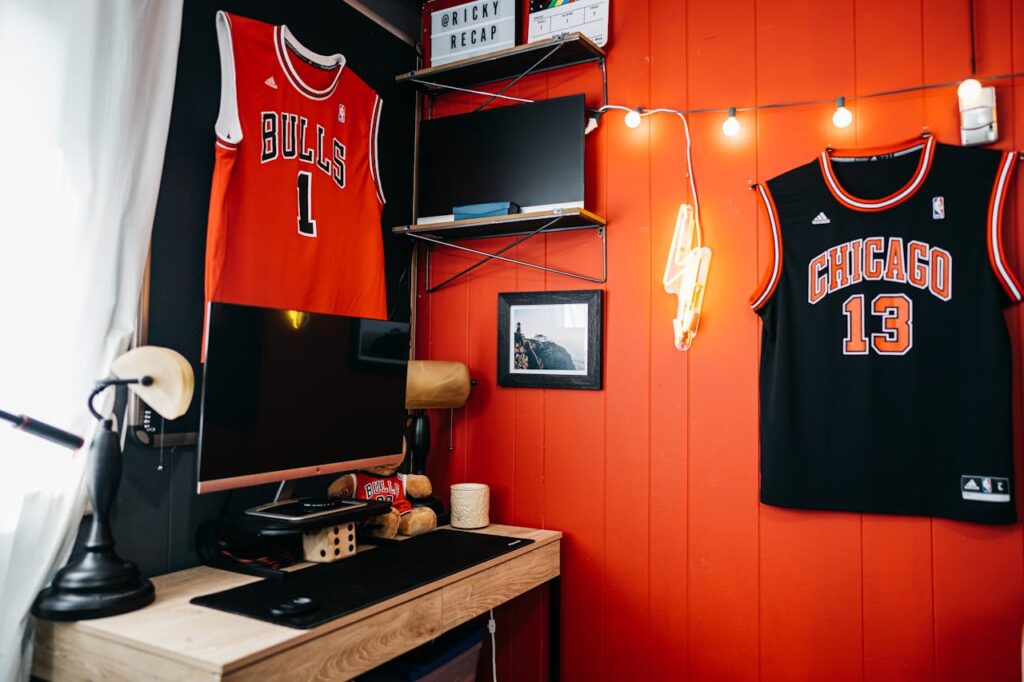
A well-rounded collection is one that includes items from a variety of sports, teams, players, and eras. Many new collectors focus solely on one area, such as basketball or football, but this can limit the potential growth and value of your collection. Diversifying can help ensure that you have a range of items that will appeal to a broader audience and maintain or increase in value over time.
By sticking to only one type of memorabilia, you limit your chances of capitalizing on market trends. Different sports and players experience varying levels of popularity, and diversification allows you to take advantage of these fluctuations while creating a more dynamic collection.
Underestimating the Importance of Maintenance

Sports memorabilia, especially older items, requires regular maintenance to retain its value. Many new collectors don’t realize that even the most valuable items need care to keep them in top condition. Regular cleaning (when appropriate), inspecting for damage, and keeping items in protective cases are key to preserving their condition.
Without proper maintenance, you risk letting your collection deteriorate, which can cause significant loss in value. Maintaining your items ensures they stay as close to their original condition as possible, allowing you to enjoy them for years while preserving their potential market value.
This article originally appeared on Avocadu.
